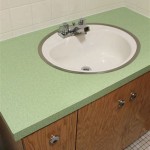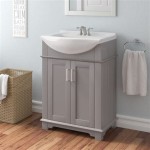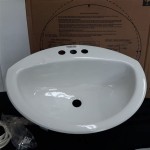Essential Aspects of Bathroom Base Cabinet Height
Bathroom base cabinet height plays a pivotal role in the overall functionality and aesthetics of a bathroom. Several critical aspects influence the optimal height of these cabinets, affecting both practical considerations and accessibility.
This article explores the essential aspects of bathroom base cabinet height, providing insights into key factors that impact their design. By understanding these aspects, homeowners and designers can make informed decisions to create a bathroom that meets their specific needs and preferences.
1. Countertop Height
The height of the countertop directly influences the height of the base cabinet. Standard countertop heights typically range from 30 to 36 inches from the floor. The ideal height should allow for comfortable use of the sink and other fixtures while maintaining good posture.
2. Sink Type
The type of sink installed can also affect the cabinet height. Vessel sinks sit on top of the countertop, requiring a taller cabinet to accommodate the sink's height. Undermount sinks, on the other hand, are mounted below the countertop, allowing for a lower cabinet height.
3. Storage Requirements
The desired storage capacity of the base cabinets influences their height. Taller cabinets offer more storage space, but they can also make it difficult to access items on the lower shelves. Conversely, shorter cabinets provide less storage but may be more convenient for storing frequently used items.
4. Knee Space
Adequate knee space beneath the countertop is crucial for comfort and accessibility. The distance between the bottom of the countertop and the floor should allow users to comfortably sit or stand at the sink without their knees hitting the cabinet. This is especially important for tall individuals or those with mobility issues.
5. Vanity Height
For vanities with a countertop that extends beyond the base cabinet, the combined height of both units should be considered. A vanity height that is too low can make it difficult to use the sink, while a vanity that is too high can strain the neck and back.
6. Visual Balance
The height of the base cabinets should complement the overall aesthetics of the bathroom. Taller cabinets can create a sense of grandeur in spacious bathrooms, while shorter cabinets may better suit smaller spaces. Ensuring visual balance is crucial to achieve a harmonious and cohesive design.
7. Accessibility for All
When designing a bathroom, it is essential to consider accessibility for all users. Base cabinet heights should be tailored to accommodate individuals of different heights and abilities. Universal design principles can be applied to create a bathroom that is accessible and comfortable for everyone.

Plan Your Bathroom By The Most Suitable Dimensions Guide Engineering Discoveries Vessel Sink Vanity Floor Plans Washbasin Design

What Is The Standard Bathroom Vanity Height Size Guide

What Is The Standard Height Of A Bathroom Vanity

What Is The Standard Bathroom Vanity Height Size Guide

Plan Your Bathroom By The Most Suitable Dimensions Guide Engineering Discoveries Vanity Sizes Vessel Sink

What Is The Standard Height Of A Bathroom Vanity

Pin By Tania Rejalaga On Bathroom Ideas Vanity Sizes Dimensions Modern

What Is The Standard Height Of A Bathroom Vanity

Bathroom Vanities Buy Vanity Furniture Cabinets Rgm Distribution

What Is The Standard Height Of A Bathroom Vanity Sizes Cabinets Vessel Sink







